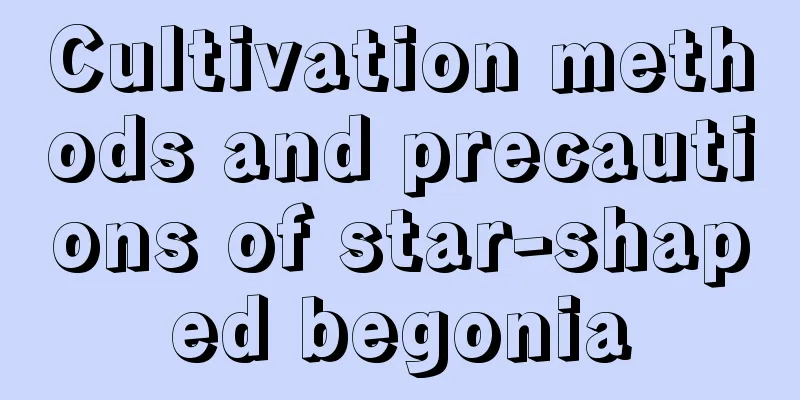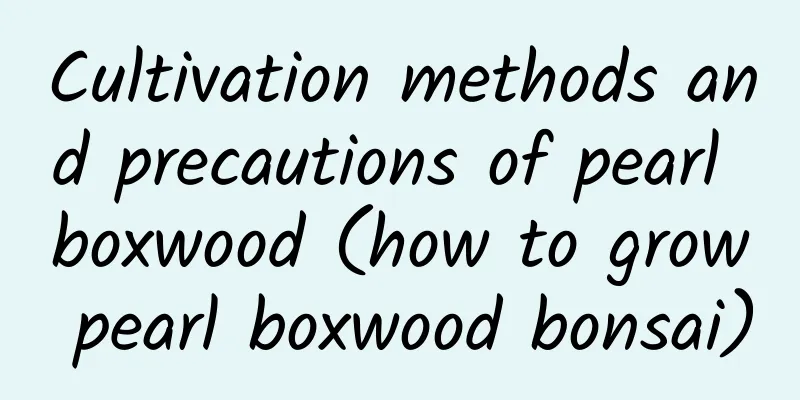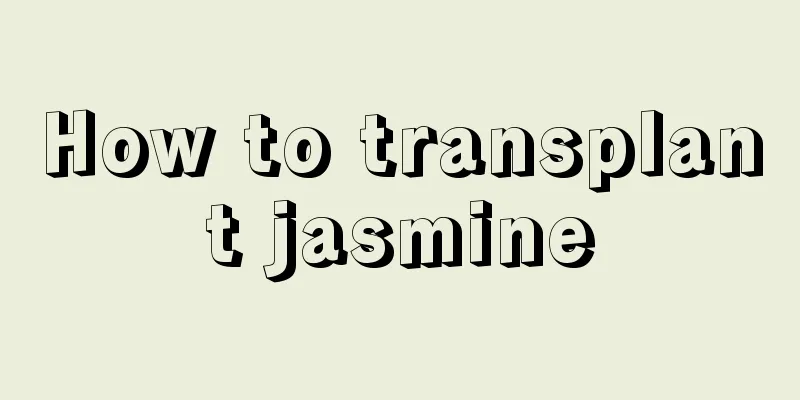Cultivation methods and precautions of star-shaped begonia

How to grow star begoniailluminationStar-spotted Begonia likes scattered light and a humid environment very much, and is not very cold-resistant. soilThe soil for Star Begonia requires looseness and good drainage. WateringWater frequently during the growing season to keep the soil moist. FertilizationDuring the growing season, apply compound fertilizer rich in phosphorus and potassium once a month, or apply thin liquid fertilizer once every two weeks. Proper pruning should be carried out on a regular basis to maintain a beautiful plant posture and good ventilation and air permeability. Things to note about Star BegoniaSeasonal watering precautionsWhen the room temperature is below 15℃ in winter, watering should be strictly controlled, or spraying should be used instead of watering. The suitable temperature for growth is 18-21℃. Too high temperature can easily cause leaf scorch. During hot seasons, pay attention to the surrounding air humidity and spray 2 to 3 times a day. OverwinteringThe wintering temperature should not be lower than 8℃. In winter, the plants should be placed in a shed where they can see sunlight in the morning and evening. Stop applying fertilizer and control watering. The leaves can be washed once a week with water close to room temperature. How to propagate star begoniaSeed propagationIt can be done in early spring. Sow the mature seeds in a breeding pot filled with humus, maintain around 16℃ and a certain humidity, and they will take root. When the seedlings have 2 to 3 true leaves, they can be transplanted into pots. Cutting propagationThe best effect is from May to June. Select the tender branches at the top of the plant as cuttings, about 10 to 15 cm long, and insert them into the culture sand bed. Spray the sand bed every day. Generally, roots will take shape 2 to 3 weeks after planting. Propagation by divisionClumping varieties can also be propagated by division. Divide the roots of the plant that fills the pot into several clumps, avoiding damaging the roots, and then plant them in pots separately. Disease and Pest Control of Star-spot BegoniaIf root-knot worms harm the root system, it will affect the root absorption, causing the plant to be short and lose its green color. Nematicides such as kexiandan can be buried around the root system for prevention and control. In addition, gray mold is prone to occur when the air humidity is too high and ventilation is poor, so ventilation should be strengthened and medication should be used. |
<<: Cultivation methods and precautions of Lilium lily
Recommend
What are the varieties of roses? Rose pictures
1. Basic Introduction Rose is a deciduous shrub b...
How to propagate yew and what to pay attention to
Reproduction method of yew The main way of propag...
Steps to Planting Succulents
1. Planting time When planting succulents, it is ...
Does Pyracantha flower?
Pyracantha flowering period Pyracantha not only h...
When is the best time to transplant Xunzi?
The Xunzi tree is also known as water-linked sand...
How to deal with root rot of white orchid
1. Proper watering Its roots are fleshy. If you w...
These 8 kinds of flowers love to drink rain water. The more they are exposed to rain, the stronger they grow!
Jasmine If you have to grow a flower in the summe...
Pest control of nail orchid
Sclerotium rolfsii Symptoms The disease mostly oc...
Winter pruning method for cherry trees (pruning and management method for red light cherry trees)
How to Prune Cherry Trees in Winter The Red Lante...
The cultivation method and precautions of Bahiag
1. Planting and management Bahiagia can grow in a...
How to plant cucumber seeds
Cucumber seed planting time Cucumber sowing is ge...
Purple sweet potato growth environment conditions and characteristics
Purple sweet potato growth environment conditions...
When do winter bamboo shoots begin to grow and be harvested?
In which month are winter bamboo shoots usually a...
The difference between red tassel and powder puff flower
1. Different appearance The name of the red tasse...
Cultivation methods and precautions of succulent green phoenix
Plant habits Before we understand how to raise it...









